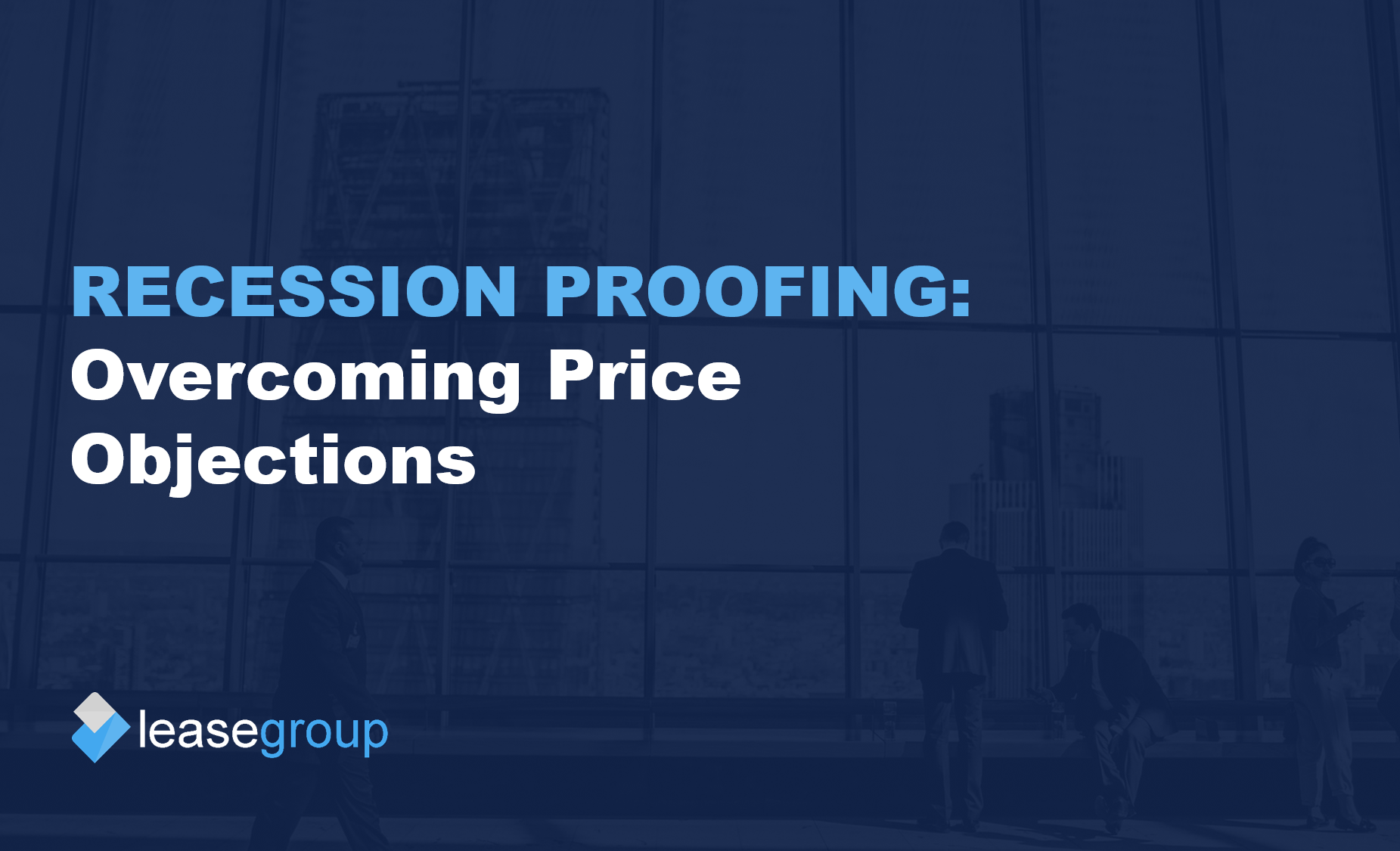A common scenario in any climate, but even more so today: Your customer wants your solution, but not at the price you are asking for.
You’ve worked tirelessly to develop a market leading solution and you’ve readied your sales, operations and service delivery teams. Now all’s that’s left is to fill up the order books.
But between vacant stares at your fancy sales wallboard and the occasional mutter of “I’ll see what my manager says” from the New Business desk, there seems to be a problem.
Your solution is a masterpiece, but your pricing isn’t cutting it for budget-stricken businesses.
Pretty soul destroying given the time and effort put in so far, not to mention the behind-the-scenes training, volume targets and contractual obligations set by vendors.
Also – you’ve checked the market already; the pricing is competitive. And even if it is slightly higher, that’s because the solution is completely unique and best-in-class, right?
Well, since March 2020 we’ve lived in unprecedented times, and we’re not out of the woods yet.
As Q4 looms, businesses and consumers alike face difficult decisions. What to buy, what to sell, how to keep above water during a combined energy crisis and recession.
And so with no disrespect to what your business has to offer, buyers and owners have a lot on their plate. It’s your job to make the prospect of buying from you as attractive as possible, and in this climate, your product is only half the battle.
Over the coming weeks and months, you will likely face customers who love your product, but just can’t justify the spend. Perhaps they are tight on budget, perhaps they are happy to plod along with their existing technology – as it “still does a job.”
So what are your options when discussions with a customer seem to be going well, but price becomes the sticking point?
1. Do nothing, hold your ground
Remaining silent during any form of financial negotiation can lead to the other party caving in, it’s a common tactic in salary negotiations and house buying.
In business, it helps if your excellent reputation for service and quality precedes you. If this is you, then it’s highly likely that your customer has already decided upon you being their supplier and so they’ll eventually come around when their needs become more urgent.
That said, in a recession your customer is twice as likely to shop around whilst your silence prevails and so staying firm on your price might be a risky manoeuvre.
2. Discount the price
This should always be your last resort, only consider margin erosion if you’ve considered all options here and only if your business can sustain the reduction ongoingly.
3. Offer extended terms
If the invoice value is too much for your customer to consider, why not offer your customer the option to pay in 2 or 3 instalments or even increase payment terms to 30 or 90 days?
There are of course risks to doing this. Allowing instalments puts your capital at risk, and you’ll be in a deficit until the balance is paid in full. Likewise, with extended payment terms.
Successful businesses look to arrive in profit whilst minimising risks wherever possible, even more so during a recession. Only consider terms where the customer holds strong financial standing and where your contracts are watertight.
4. Offer a finance option
For those who already lead with a finance option, they’ll tell you it really is a no brainer. Through finance, your customer can simply spread the cost of the invoice over a term that suits, making the purchase more attractive and in-line with their budget. Finance can be offered on the total solution, giving your customer one simple monthly direct debit for all hardware, software and service costs.
Using a finance company such as Lease Group to complete the transaction also has added benefits to you, the supplier. Most notably, you will receive the full invoice value upfront and you’ll pass the repayment liability onto the lender. This means, should your customer fall upon even harder times and eventually default on the repayments, there’s no repercussion for you, as the lender assumes full responsibility for the debt. So, finance really is a win-win for both you and your customer.
Recession Proof your technology business by adding finance at point of sale, it’s fast, easy to use and rates can be as low as 3%. Get started here.


